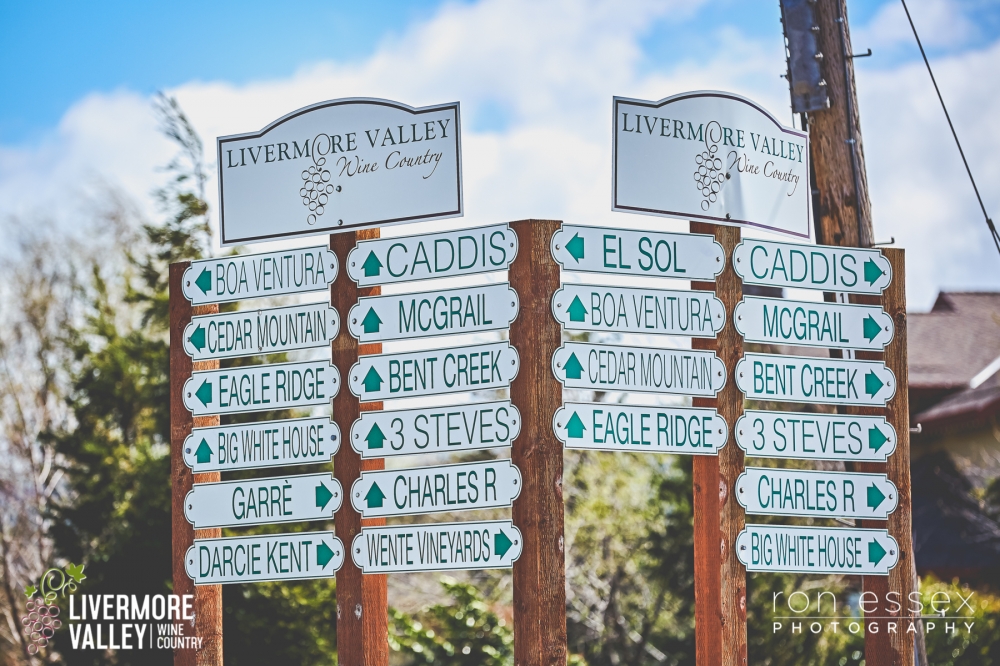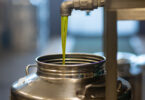The Wolf Post offers a professional service with free access, without subscription.
For this reason, a donation would also be a sign of appreciation for our work.
© Livermore Valley Wine Country-BoaVentura Winery
Livermore Valley Wine Country, located less than an hour from San Francisco or Silicon Valley, is nestled between scenic canyons and rolling hills. The valley was one of California’s oldest wine regions, playing a key role in shaping the California wine industry.
Robert Livermore planted the first commercial vines in the 1840s. Pioneering winemakers C. H. Wente, James Concannon and Charles Wetmore saw the winemaking potential of the area and established their wineries in the early 1880s.
International recognition came when Livermore Valley captured America’s first international gold medal for wine at the 1889 Paris Exposition, putting California on the world wine map.
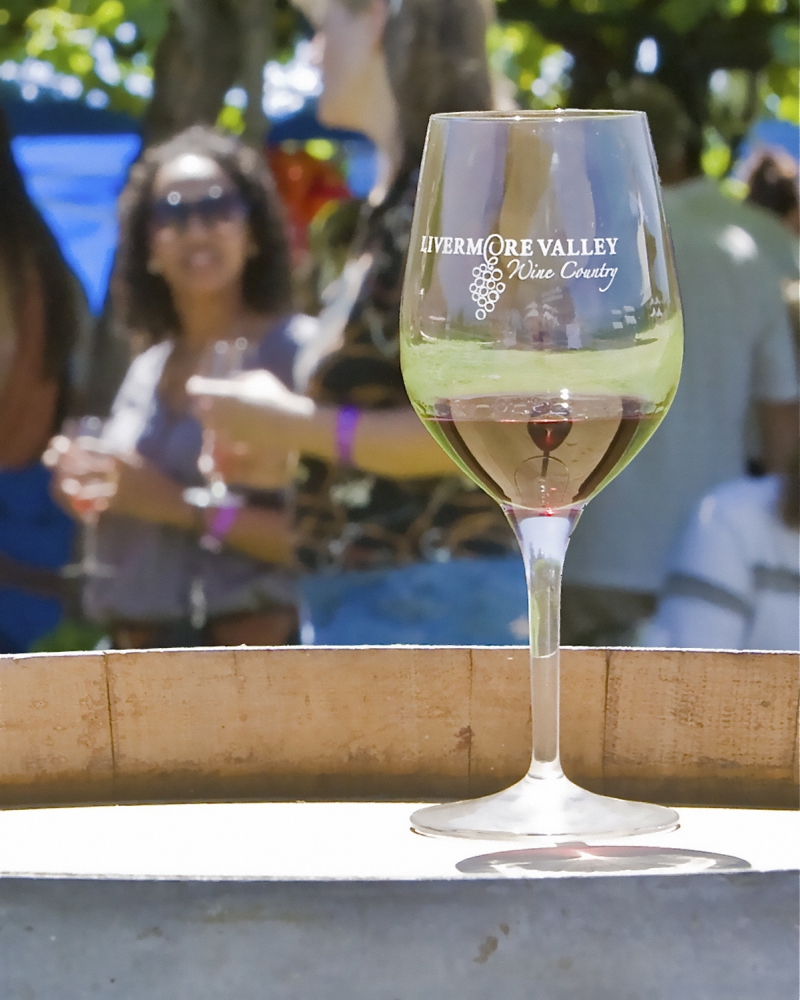
©Livermore Valley Wine Country
Livermore Valley is the birthplace of California’s Chardonnay and Cabernet Sauvignon. The genetic roots of these two vines go back to a clone of Wente or Concannon. Livermore Valley wineries were also the first to bottle varietal labels of Chardonnay, Sauvignon Blanc and Petit Sirah.
Today, the region is home to more than 50 wineries, ranging from limited-release boutique, 500-case to 400,000-case. Not only Cabernet Sauvignon and Chardonnay but also Italian, Rhône and Spanish varieties.
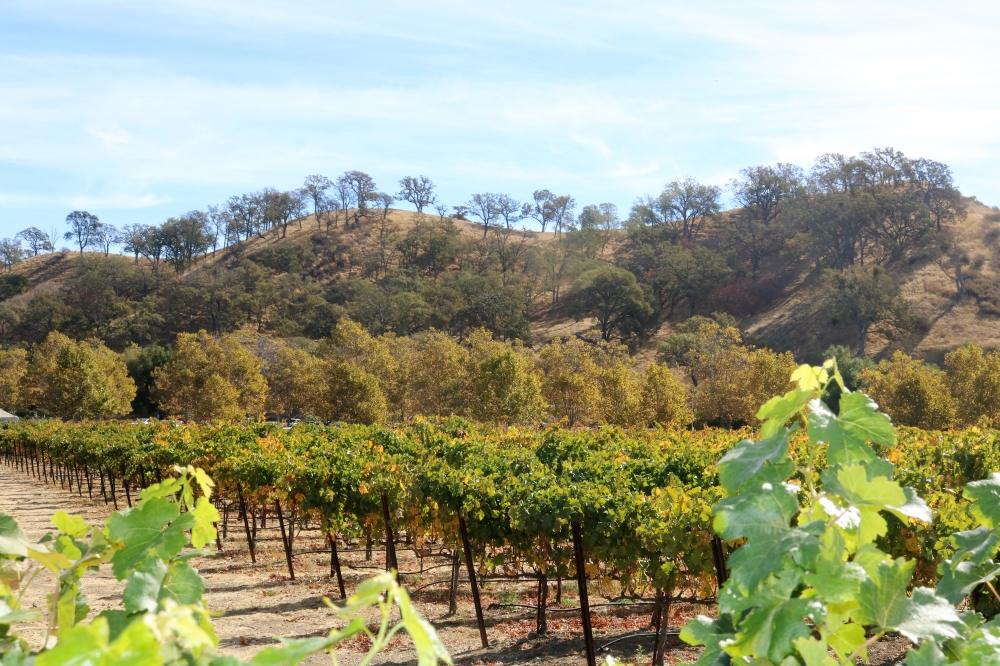
©Livermore Valley Wine Country
The Livermore Valley American Viticultural Area is an oval basin approximately 25 miles long and 18 miles wide. The region encompasses 259,000 acres, of which approximately 4,000 acres are dedicated to vineyards. Livermore Valley is uniquely oriented west to east and is located just 35 miles east of the San Francisco Bay.
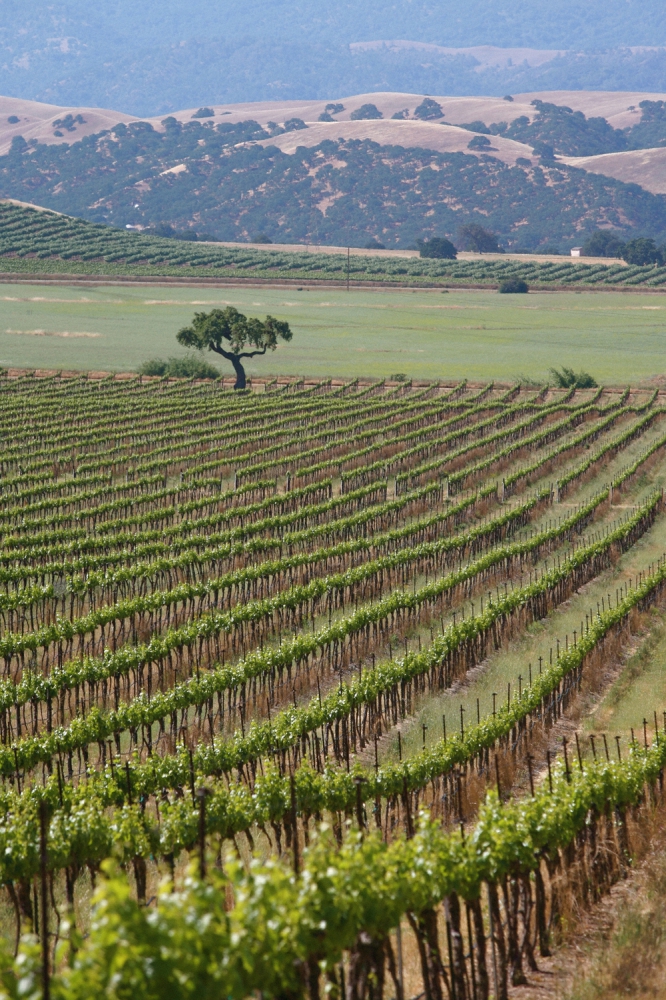
©Livermore Valley Wine Country
The area has a variety of well-drained soils. Although the soil composition varies in the amount of loam and sand, gravel is the key component in many of the region’s vineyards. Gravel is present in the vineyard soil of some of the largest wine estates in the world. This type of soil reduces the vigor of the vines and increases the concentration of aromas in the grapes.
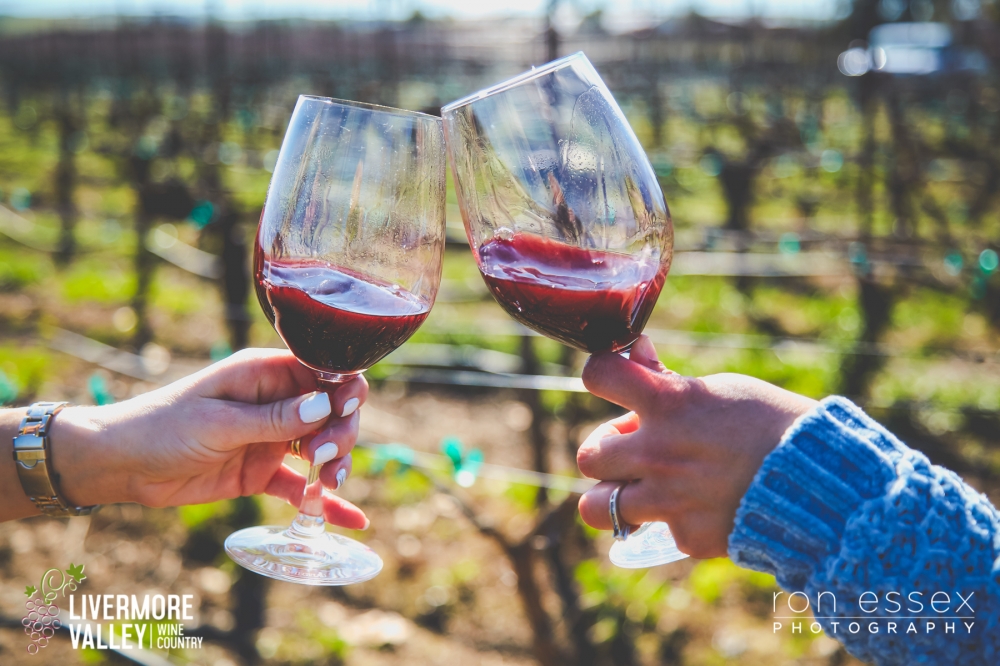
©Livermore Valley Wine Country- BoaVentura Winery
Livermore Valley’s climate is influenced by fresh air from the Pacific Ocean. In summer, it is temperate. The low water temperature in the Pacific Ocean is due both to a current of cold water coming from the north that flows parallel to the coasts of Oregon and California and to the so-called Upwelling, a phenomenon which causes the water to rise to the surface more cold from the depths of the ocean.
The California Drift and upwelling create a third factor in the climate along the northern California coast: fog. Early in the morning on hot summer days, the mist drifts inland to cool the coastal valleys. This everyday marine influence benefits Livermore Valley vineyards.
Livermore Valley is a great place to farm and produce wine. Influenced by a variety of well-drained soils, the valley’s relatively high altitude, and daily sea breezes in summer, the grapes of the region produce elegant, richly colored red wines. With a complex fruit character, structured tannins and a long, pleasant finish, the wines hold the promise of many years of bottle ageing.
The white wines are similarly balanced, with subtle yet complex aromas and flavors and a firm, rounded impression on the palate. This is the taste of Livermore Valley terroir and why winemakers have been cultivating the valley for generations.
Terroir expresses a sense of place: the way in which local conditions of land, climate, culture and technique create specific attributes of a region. It can also be defined as a “collaboration between people, plants and the environment”. Livermore Valley’s unique orientation and coastal location is expressed through various microclimates. which enable skilled winemakers from across the region to grow successfully and produces a wide range of quality red and white wines.
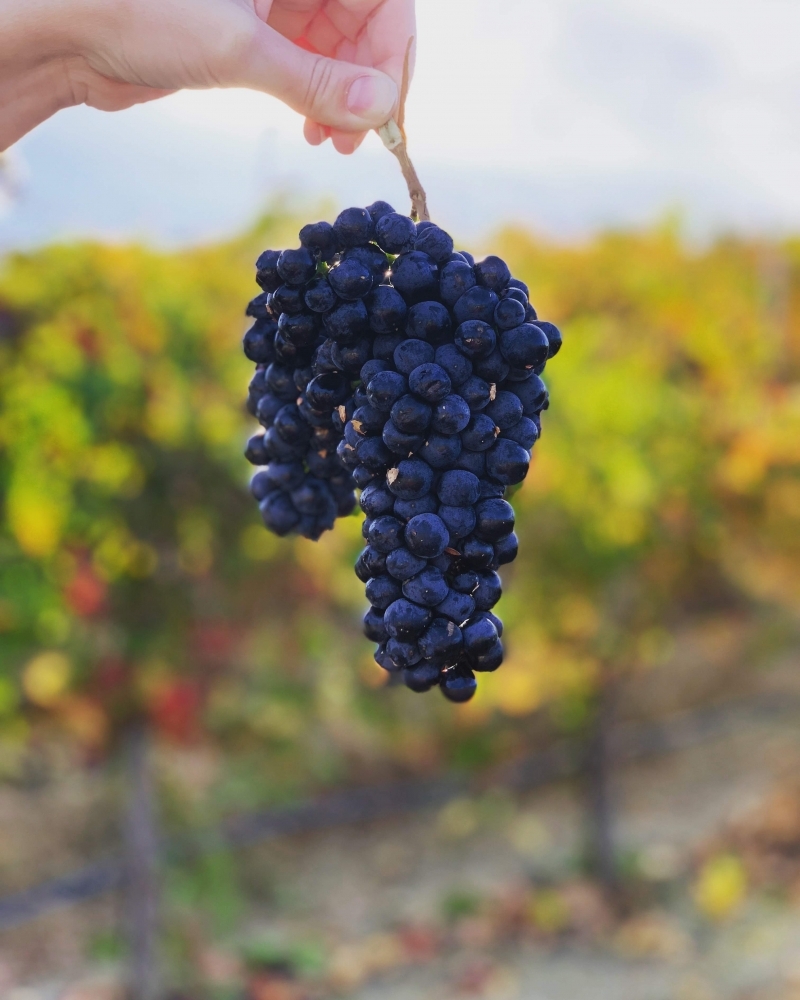
©Livermore Valley Wine Country
There are several wine regions in the San Francisco Bay Area, but Livermore Valley is unique for several reasons:
- It is the only coastal valley directly east of San Francisco Bay. The proximity to the bay allows fresh air to flow quickly into the valley;
- It is oriented west to east, whereas most other California valleys are on a north/south axis. Livermore Valley’s west-east positioning allows it to receive all the benefits of the daily sea breezes that flow inland from the Pacific Ocean;
- The valley floor of the region is higher than many coastal valleys in California. Elevation enhances the temperate effect of the maritime climate because temperatures decrease as elevation increases.
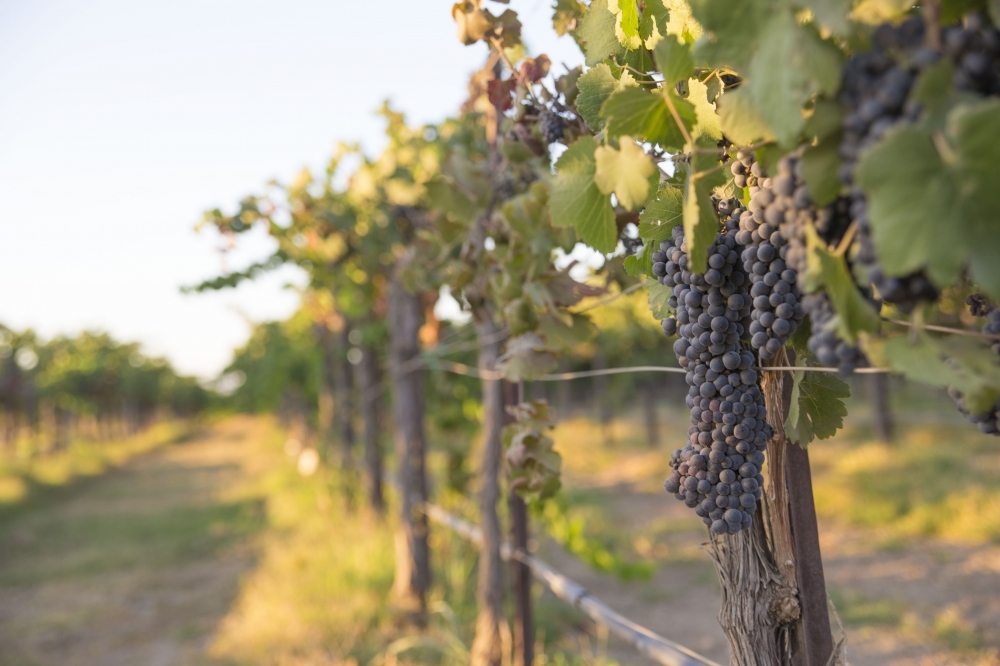
©Livermore Valley Wine Country-Merrideth Robinson
The daily temperature range in the Livermore Valley favors the quality of the wine because it maintains the balance between photosynthesis of the vine during the day and respiration at night. The grapes develop sugar, colour, aroma and flavor while maintaining the natural acids which are vital for a well-balanced wine.
A wine region to be tasted with many food and wine activities throughout the year but also various attractions and itineraries available for a very interesting destination full of opportunities.


